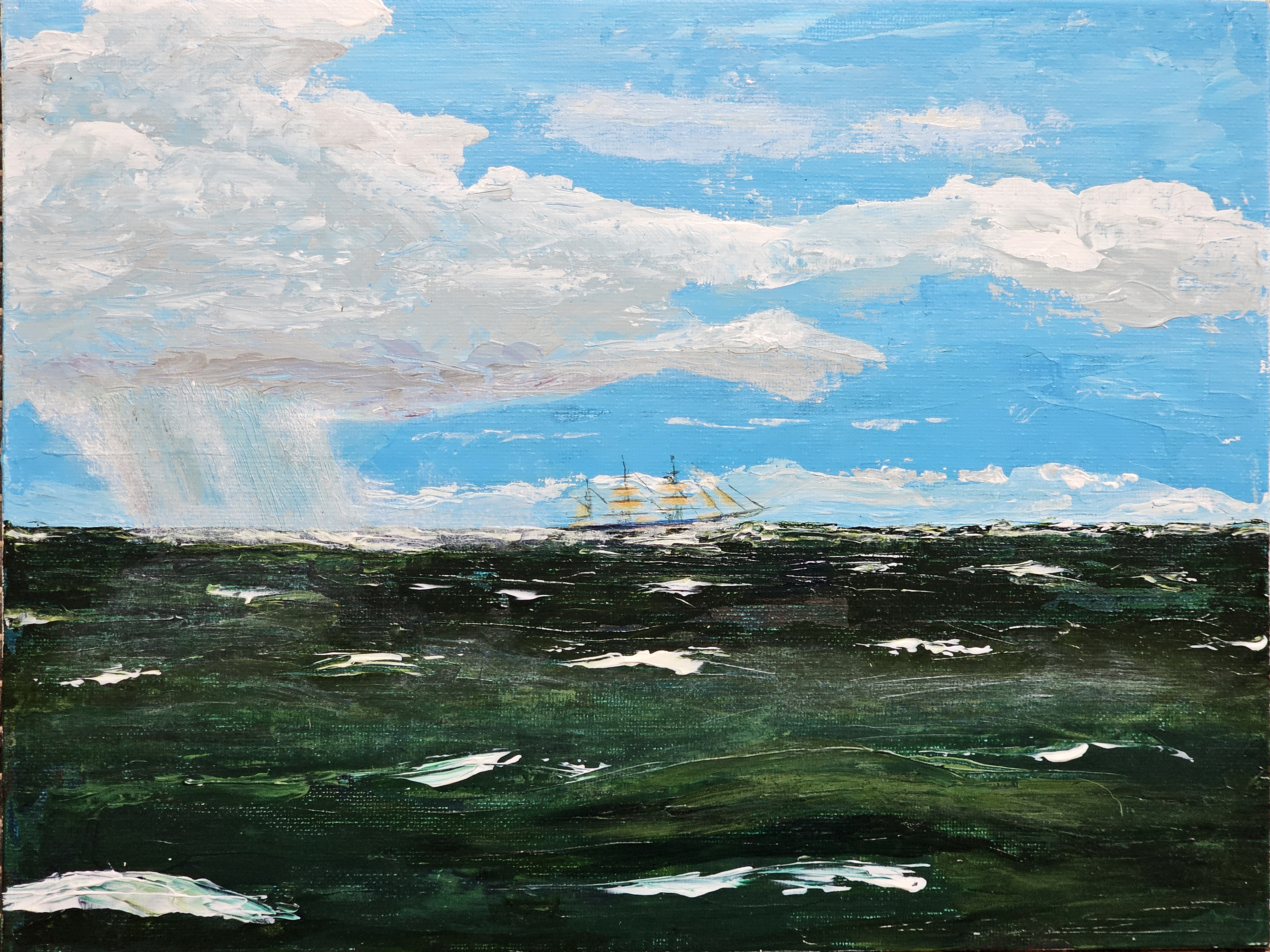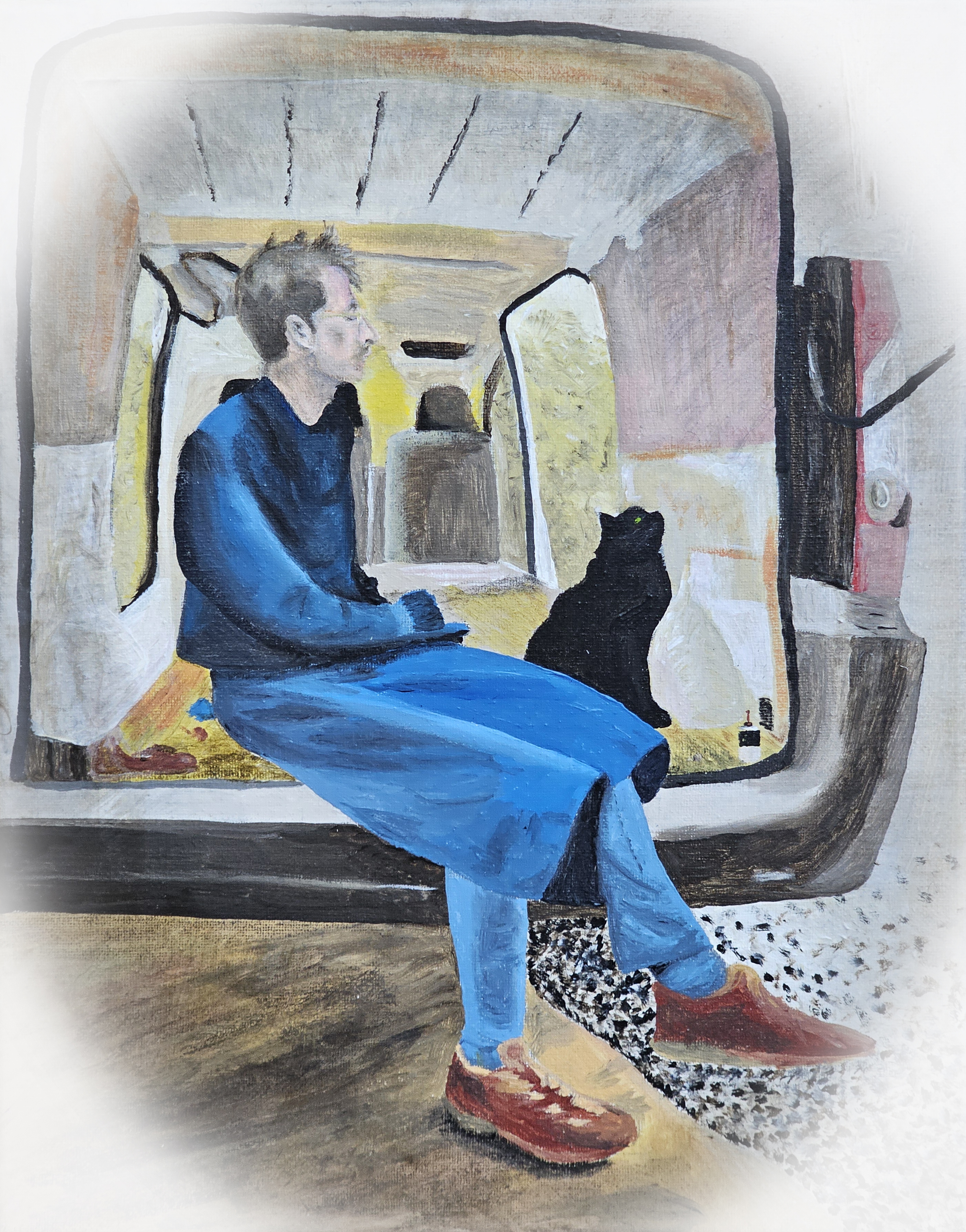
Palette knife acrylic on canvas board
12" x 9"
2024
From imagination and experience.

Palette knife acrylic on canvas board
12" x 9"
2024
From imagination and experience.

Acrylics on Stretched Canvas
8" x 8"
2024
From a photograph

Acrylics on Stretched Canvas
12" x 9"
2024
From a photograph

Acrylics on stretched Canvas
12" x 9"
From a photograph
2024
Copyright © 2024 · All rights reserved